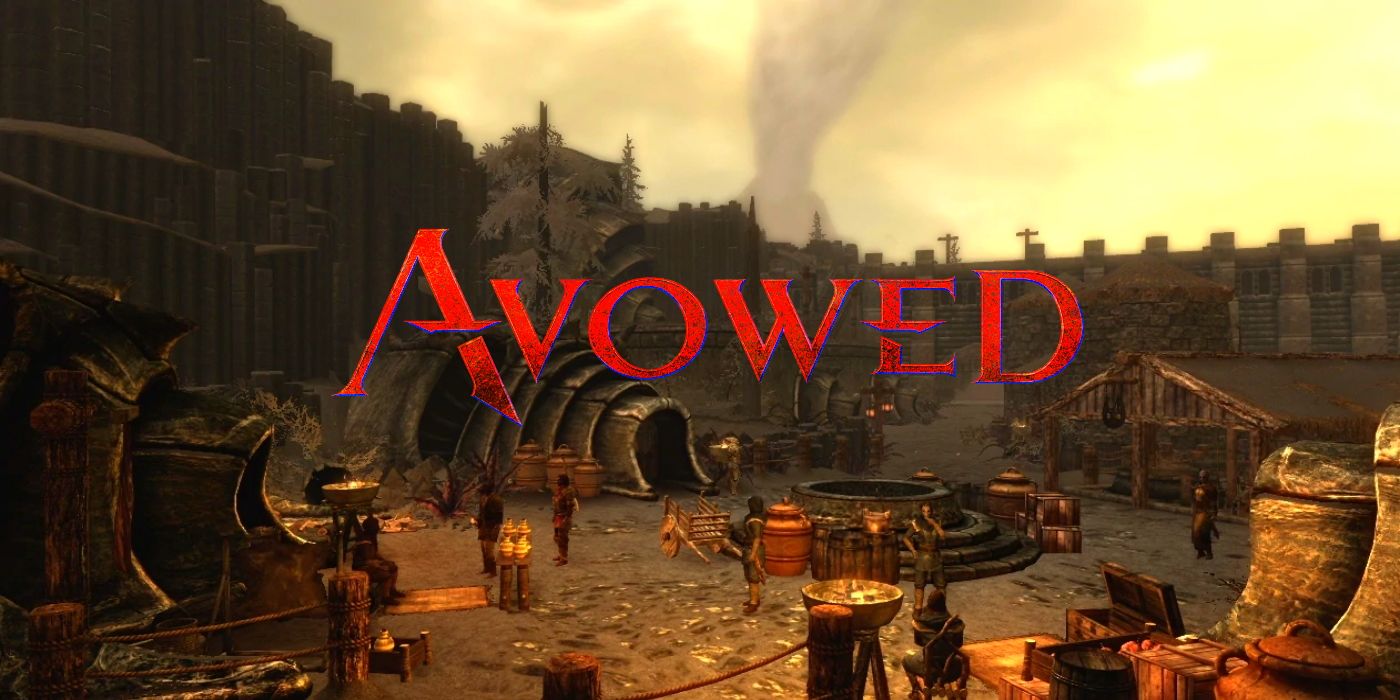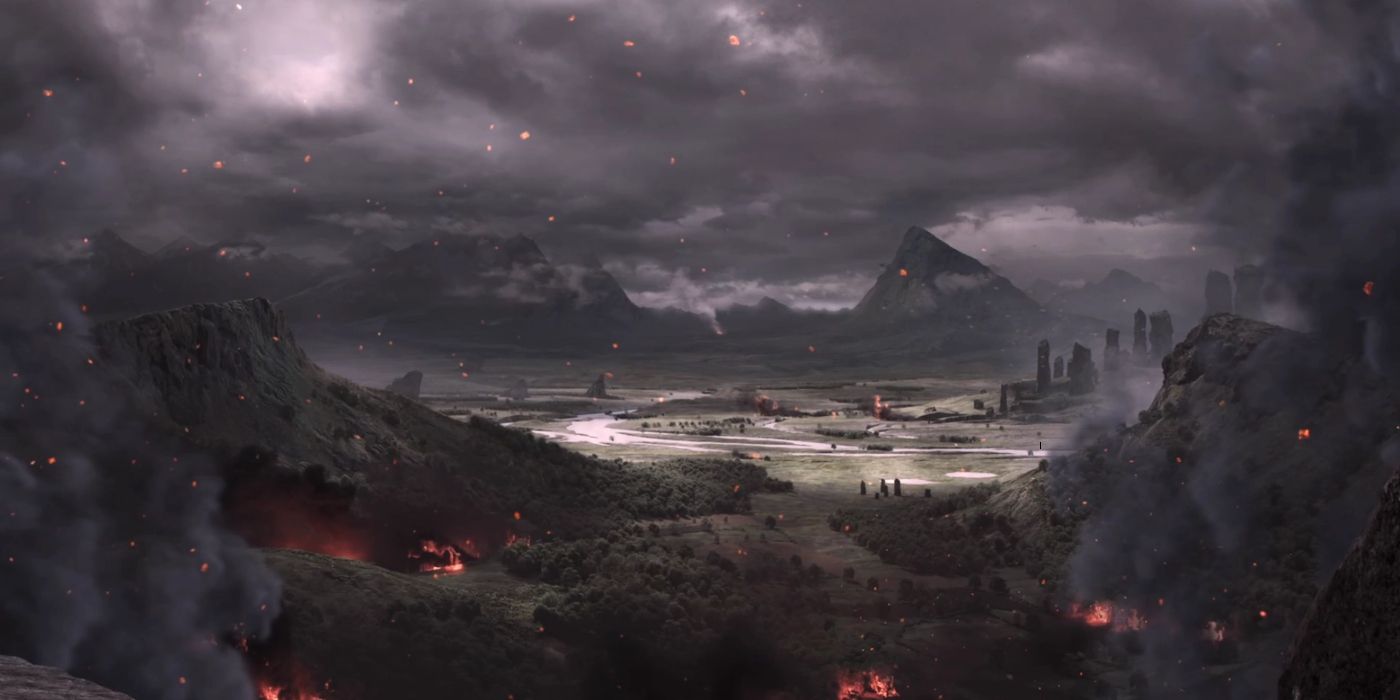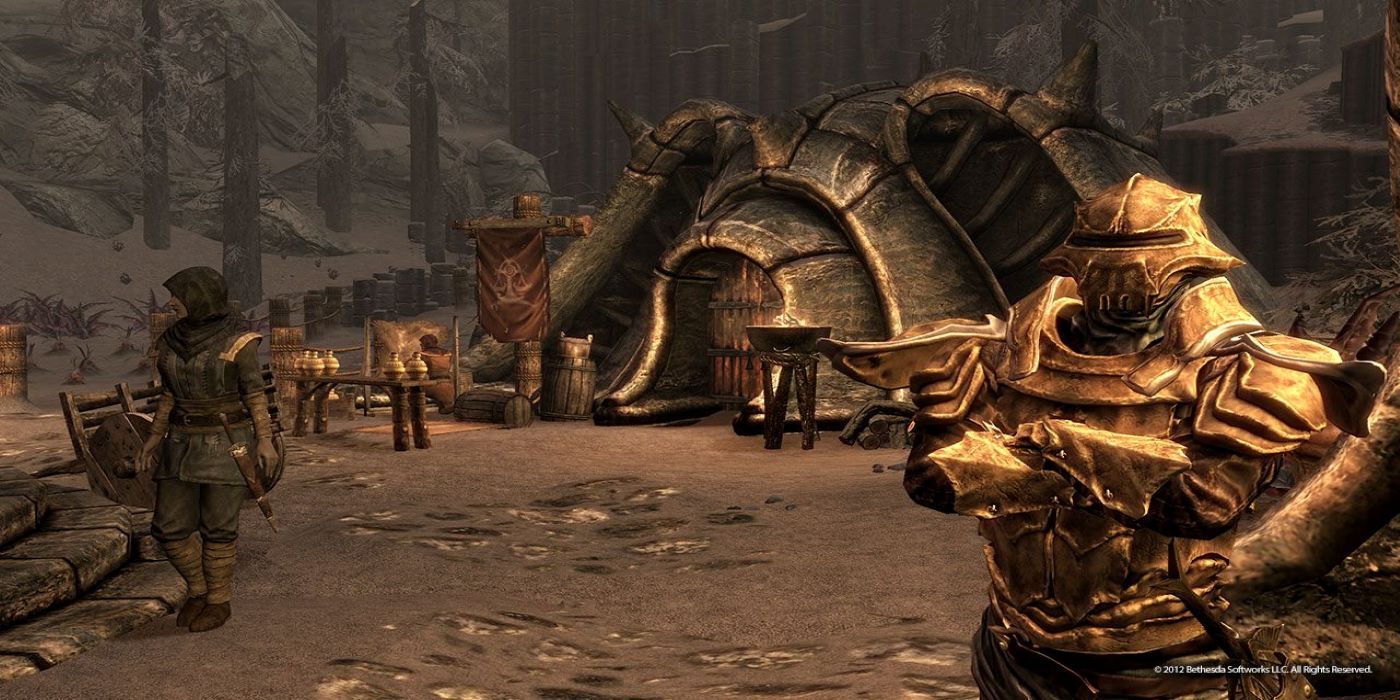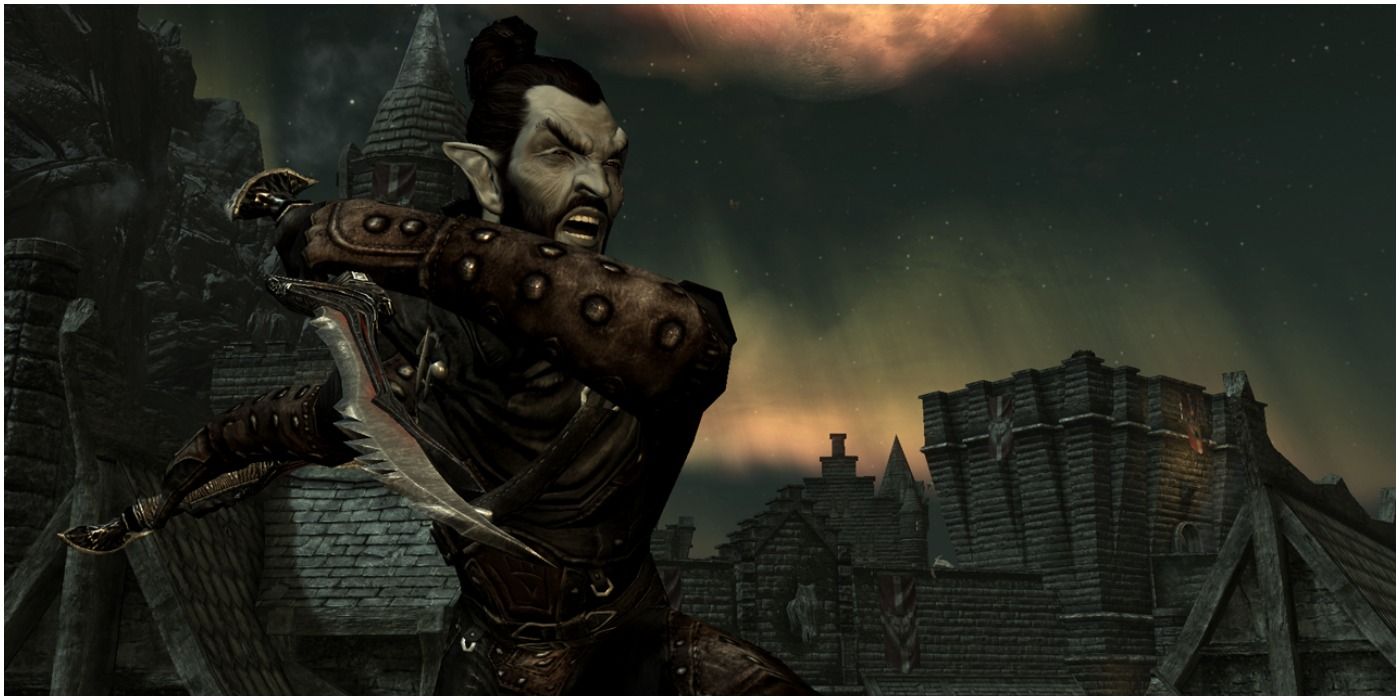
Skyrim’s final DLC "Dragonborn" has a very unique feel compared to the rest of the game, taking players to the isolated island of Solstheim first seen in The Elder Scrolls 3: Bloodmoon. The Dark Elf and Nord-dominated island sits at the very edge of the series’ known world, with small towns like Raven Rock etching out a living on what used to the the frontier of the contracting Empire. As well as being one of Skyrim’s most interesting settings, Solstheim also has a lot in common with the Living Lands, the setting for Obsidian Entertainment’s upcoming first-person RPG Avowed.
Solstheim has some fantastic lessons to teach Avowed. The setting has a unique relationship with some of the key tenets of the Elder Scrolls formula, and is able to come to life even more convincingly that most of Skyrim’s holds. Here’s what the Dragonborn DLC can teach Avowed, as Obsidian develops what some fantasy fans are hoping will be Skyrim’s sort-of spiritual successor.
RELATED: Avowed's Living Lands Has One Underrated Advantage Over Any TES6 Location

As a frontier, Solstheim inadvertently overcomes some of Skyrim’s most common criticisms. While hold capitals like Whiterun in the main game feel suspiciously small for cities, the tiny settlements of Solstheim feel more realistically sized considering how isolated their populations are. It’s immersion-breaking when Nazeem assumes the Dragonborn has never been to Whiterun's Cloud District, which consists of one building usually no less than a hundred feet away.
In contrast, the townsfolk of Solstheim frequently reference their isolation and the small size of their settlement, despite Raven Rock being bigger than some of Skyrim’s other settlements like Riverwood and Rorisktead. Avowed could create towns which are the same size as Skyrim’s cities, but seem far more convincing as hastily constructed frontier towns than ancient seats of power no bigger than a fort.
While Solstheim is just a small part of Skyrim’s overall world, the fact that the open-world RPG formula's immersion fits so well into the frontier bodes well for Obsidian’s choice of setting. It’s unlikely that Obsidian would have been able to bring the large cities depicted in Pillars of Eternity to life without significantly shrinking them down, while the Living Lands provide a setting which could avoid the open-world RPG genre’s city scaling problem.

Raven Rock is one of Skyrim’s best towns when it comes to environmental storytelling. Each of Skyrim’s towns has some level of intrigue - there’s the feud between the Stormcloak and Imperial families of Whiterun, the chatter and tension surrounding the recent public execution of High King Torygg in Solitude, and the string of mysterious murders in Windhelm, to name a few.
Raven Rock throws players in at the deep-end by exploiting their own curiosity rather than making its main conflict clear from the get-go. When players go to sleep in Raven Rock, there’s a chance they’ll wake up at the Temple of Miraak, having been working the stone in their sleep. After discovering a similar building site near Raven Rock, players will have the option to ask the townsfolk about the strange structures. The locals, however, seem unable to quite remember if they built the obelisks on the island, and if they did, why.
This is one of Skyrim’s best quest hooks - it gets the player personally involved from the moment they first sleep on Solstheim without revealing its cards early on. Few places in the game come with such a well executed sense of mystery. In part, Solstheim relies upon a sense of existential horror which has historically come part and parcel with frontier living. It’s an island of people etching an existence on the very edge of the unknown who live controlled by nightmares of what might exist beyond their civilization.
The Living Lands could be a fantastic frontier setting if it also plays with the fear of the unknown in the same way. Players might find entire settlements mysteriously abandoned, for example, motivating them to find out what happened from a sense of insatiable inquisitiveness rather than any in-game reward. Skyrim’s Dragonborn DLC shows how frontiers like the Living Lands can be used in RPGs to inspire unique dread, but also inspire a unique curiosity which can be a key motivator in open world exploration.
RELATED: Avowed Should Keep These Pillars of Eternity Features to Differentiate it From Skyrim

Raven Rock isn’t just isolated. As a primarily Dark Elf settlement, the player is constantly reminded of their “Outlander” status even if they’re a Dunmer. Despite being an abandoned Imperial outpost, Raven Rock is undeniably Dark Elven. Its architecture, clothing, and the characters’ accents are all reminiscent of Morrowind.
The world of Avowed is full of interesting races. There are the more traditional humans, elves, and dwarves, but also the diminutive furry Orlans, the mysterious Godlike, and the giant coast-dwelling Aumaua. Despite being far from their homes, the different settlements of the Living Lands could show how these different races try to preserve their cultures while facing down the seemingly endless expanse of a frontier that risks swallowing them whole.
In this sense, the Living Lands have a chance to intensely reflect the entirety of Eora, the name of the world first established in Pillars of Eternity. The Living Lands are described as a "lawless land" where different communities are constantly at odds with one another that result in petty armed conflicts. That constantly changing composition of the setting's inhabitants, however, shouldn’t undermine the opportunity for the Living Lands to reflect the intensely different cultures from across Eora.
In fact, those differences could be the source of many of the “petty wars” across the landmass, while allowing players to interact with cultures that feel as alien as Morrowind’s, seeing the difference imprints those cultures leave on the unmarked territory of the frontier.
While Solstheim has a lot of lessons to teach Avowed’s Living Lands, the unique success of the frontier island as an RPG setting suggests that Obsidian may already be on the right track with its choice of location. What remains to be seen is whether the studio exploits all the unique opportunities its frontier setting presents, or if lets some pass it by.
Avowed is in development for PC and Xbox Series X.
MORE: Avowed Will Likely Take a Different Road than Skyrim with One Feature

